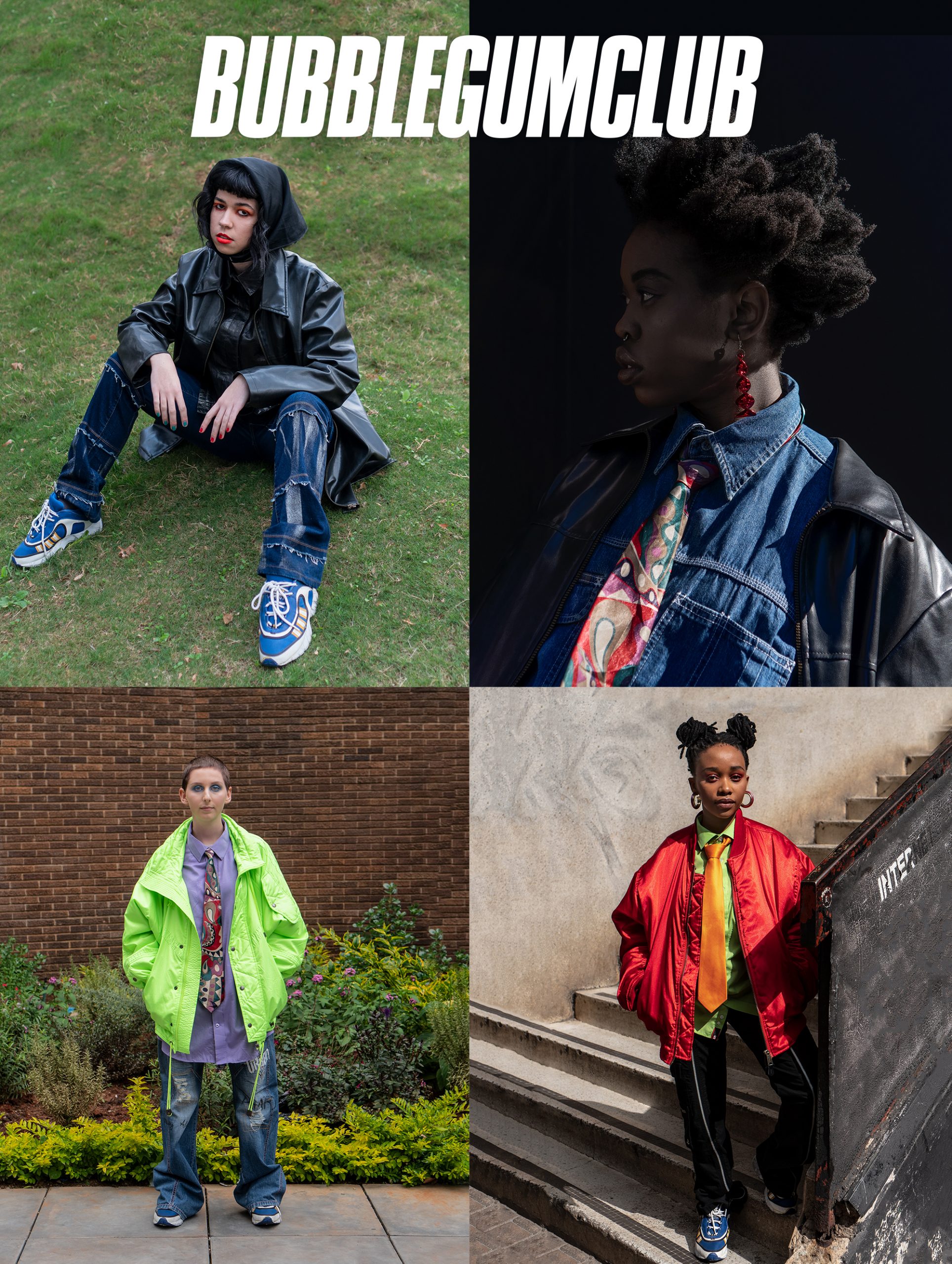It is fitting that the first AFROPUNK Festival to be held in South Africa took place on the historically significant Constitution Hill in Johannesburg. The festival, inspired by the documentary ‘Afro-Punk’, which spotlighted black punks in America, was first held in 2005 in New York City’s Brooklyn. Originally aiming to help black people build a community among the white dominated punk subcultures, it has grown to include a wider audience and a broader range of music, yet still highlights alternative black artists.
With this shift away from pure punk culture towards celebrating blackness in its many forms, the festival has grown. Events are being held in Atlanta, Paris, London, and Johannesburg, with a total of more than 90 000 attendees. Utilising their platform for entertainment as well as change, the mantra of AFROPUNK is: “No Sexism, No Racism, No Ableism, No Ageism, No Homophobia, No Fatphobia, No Transphobia and No Hatefulness”. A free space for black and other bodies that do not fit into the moulds presented by mainstream media.
Judging by the expressions and attitudes of those who attended South Africa’s first instalment of the festival, it is clear that this approach is highly welcomed in the country. For many this is a cathartic experience, beyond just the amazing music that is on offer from local and international musicians.
And it is this fact, that the festival both provides a high standard of music along with a safe environment to enjoy it in, that has led to its success. Returning to Constitution Hill, this year’s AFROPUNK line-up is no different, with a strong balance between forward-thinking local and international artists. From the likes of Los Angeles’ future R&B superstars, The Internet and Thundercat. To experimental electronic music from Flying Lotus, who is debuting his 3D show on the African continent for the first time, to the superb dance grooves from producer Kaytranada. The legendary hip hop group Public Enemy and the queen of New Orleans bounce, Big Freedia. The international acts are a highly diverse showcase of black creativity.
Similarly, the local acts on the line-up have all carved out niches for themselves in South Africa’s competitive music industry. They have stood out as artist that not only make a difference, but sound different. Local hip hop in its many guises is represented by Mozambique’s Azagaia and Cape Town’s YoungstaCPT, and Dope Saint Jude. Each of which are incomparable with their unique take on the art of emceeing.
Other acts on the line-up include Joburg’s performance duo FAKA with their sound that is familiarly South African, yet utterly futuristic. As well as the sex-positive performer Moonchild Sanelly with her leanings towards Gqom and alternative pop. Joburg’s Thandiswa brings her revolutionary fusion of modern and traditional African sounds, while Nomisupasta brings a unique take on locally inspired music. Rounding off the local acts is Soweto’s BCUC, AKA Bantu Continua Uhuru Consciousness, with their highly energetic and emotionally charged rhythms.
Themed THE PEOPLE RESIST, this year’s AFROPUNK is a call to action against racism, patriarchy and any form of hate. With 20 000 people descending on Constitution Hill for the first instalment of AFROPUNK Johannesburg, this year’s event promises to be even better and bring people closer together. Aside from music, the festival also encompasses Bites & Beats, Activism Row and the SPINTHRIFT Market as well as the chance to earn tickets via the Earn a Ticket programme. In the build-up to the event, the Battle of the Bands Joburg competition is held that seeks to unearth new musical talent.
To buy your ticket click here, and keep your eyes on AFROPUNK’s social pages to find out which other acts are announced and for more details about the event.










